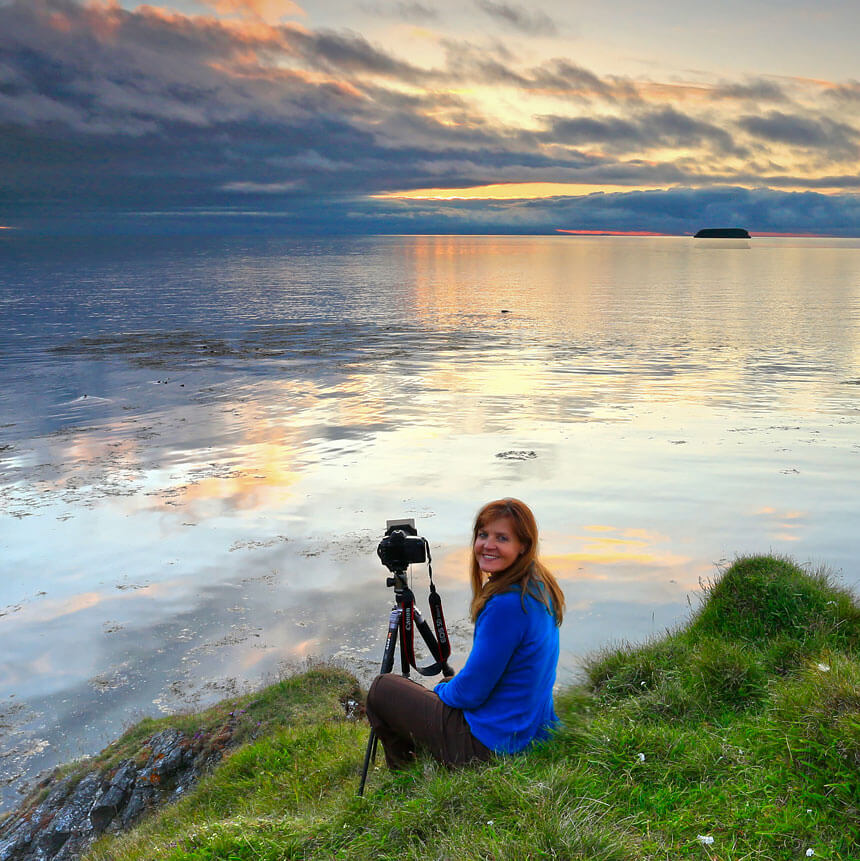Valerie Elizabeth Laney was born in sunny San Diego, California, and was raised in rural North Carolina, where she spent endless summers catching tadpoles and chasing fireflies and exploring the surrounding woods, creeks and tobacco fields. Growing up in and around nature inspired her to spread her wings, and she has spent years exploring and photographing our wondrous planet. Valerie holds a degree in Visual Design from North Carolina State University, College of Design which, when combined with a career as a Graphic Designer, enhances her skill in composition as well as visual story telling. Photography was a natural outcome of her love of nature and her skill as an artist; and it has become her passion to capture images of unique places, diverse landscapes and fascinating cultures.
A love of adventure sends her on photo expeditions to places like Iceland, Madagascar and the steppes of Mongolia, where her photographs capture majestic landscapes, native cultures, wildlife and underwater marine life. Valerie loves sharing her photography and hopes it inspires dreams, travel and memories for her growing audience.
Statement
Photography allows one to capture the world in a way that is unique to the beholder. Photos are visual story telling, but yet, everyone is left to their own interpretation of the story that is being told. So in that way, photography allows both the photographer and the onlooker to take part in the creative process. I compose photos to give a sense of what is happening in the shot: viewers should feel the cold, smell the air, and feel like they can anticipate the moments that followed as if they were present.
